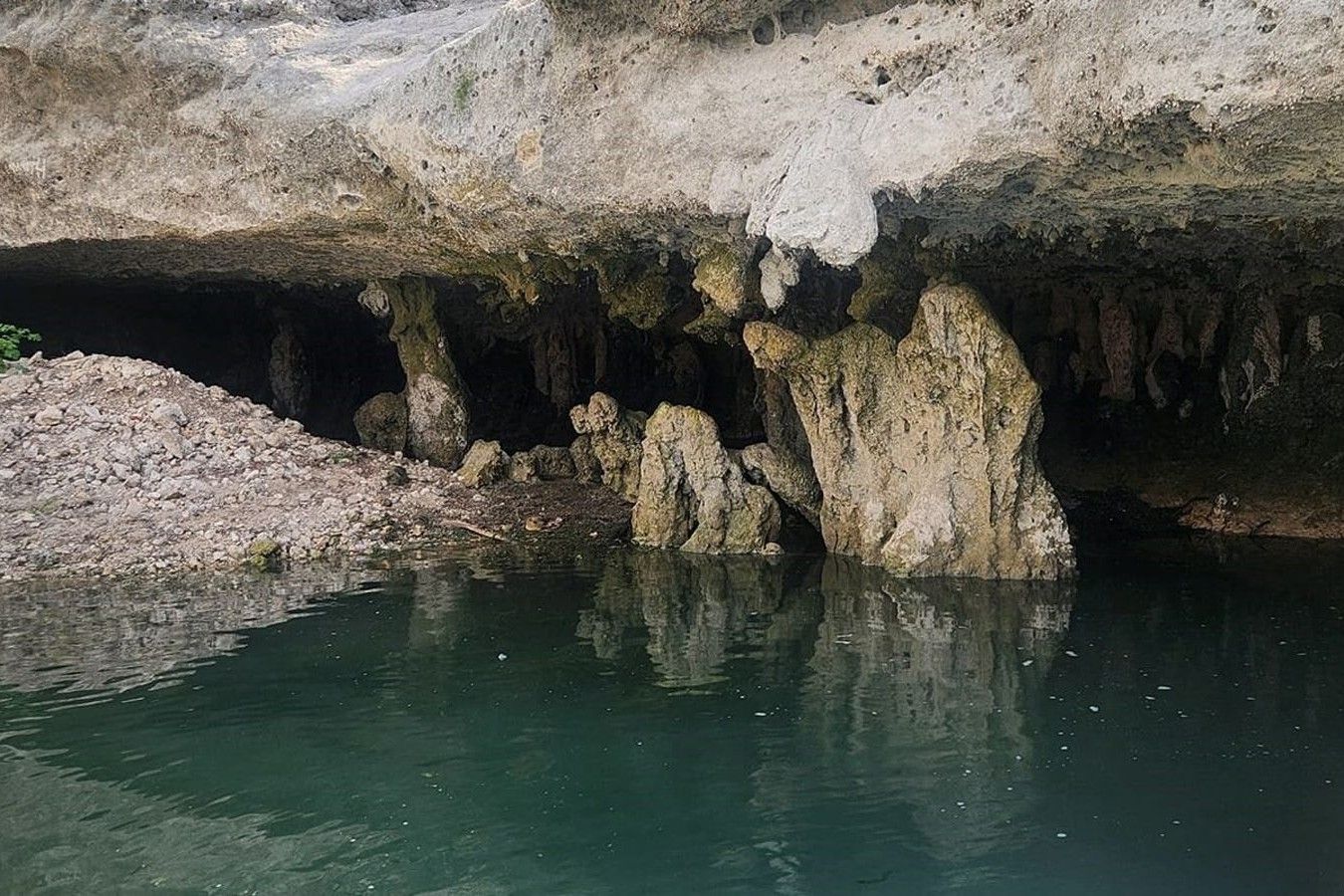
Ever wondered about the mysteries behind Canyon Lake's water levels? This stunning reservoir in Texas holds more than just water; it carries a wealth of fascinating facts. From its creation to its current state, Canyon Lake has a story to tell. Did you know that the lake was formed by damming the Guadalupe River? Or that it serves as a crucial flood control reservoir? Understanding Canyon Lake's water levels can help you appreciate its role in local ecology, recreation, and even water supply. Dive into these 30 intriguing facts and discover why this lake is more than just a pretty sight.
Understanding Canyon Lake
Canyon Lake, located in Texas, is a popular spot for recreation and water activities. The water levels of this lake are crucial for both environmental balance and human enjoyment. Let's dive into some fascinating facts about Canyon Lake's water levels.
-
Canyon Lake was created by damming the Guadalupe River in 1964.
-
The lake covers approximately 8,240 acres when at full capacity.
-
The maximum depth of Canyon Lake is around 125 feet.
Water Level Fluctuations
Water levels in Canyon Lake can change due to various factors, including weather patterns and human activities. These fluctuations can impact everything from boating to local wildlife.
-
The average water level of Canyon Lake is 909 feet above sea level.
-
During periods of heavy rainfall, the lake can rise significantly, sometimes by several feet in a short period.
-
Conversely, during droughts, water levels can drop, exposing previously submerged areas.
Impact of Drought
Drought conditions can have a profound effect on Canyon Lake, affecting both the ecosystem and recreational activities.
-
Severe droughts in Texas have caused Canyon Lake's water levels to drop by as much as 20 feet.
-
Low water levels can lead to the closure of boat ramps and other recreational facilities.
-
Wildlife, such as fish and birds, can suffer from reduced habitat and food sources during droughts.
Flood Control
Canyon Lake plays a vital role in flood control for the surrounding areas, protecting communities from potential flood damage.
-
The Canyon Dam, which forms the lake, was built primarily for flood control purposes.
-
The dam can release water at a controlled rate to manage downstream flooding.
-
During extreme weather events, the dam's spillway can handle excess water, preventing overflow.
Recreational Activities
The water levels of Canyon Lake directly impact the types of recreational activities available to visitors.
-
Boating is a popular activity, but low water levels can make navigation challenging.
-
Fishing enthusiasts flock to Canyon Lake, but fish populations can be affected by fluctuating water levels.
-
Swimming areas may be closed or restricted when water levels are too low or too high.
Environmental Concerns
Maintaining a balanced water level is crucial for the health of the lake's ecosystem.
-
Algae blooms can occur when water levels are low, leading to poor water quality.
-
Erosion of the shoreline can increase when water levels fluctuate rapidly.
-
Aquatic plants and animals rely on stable water levels for their survival.
Human Impact
Human activities, such as water usage and land development, can influence Canyon Lake's water levels.
-
Water is drawn from Canyon Lake for agricultural and municipal use, affecting the overall water level.
-
Land development around the lake can lead to increased runoff, impacting water quality and levels.
-
Efforts are being made to balance human needs with environmental preservation.
Monitoring and Management
Continuous monitoring and management are essential to maintain optimal water levels in Canyon Lake.
-
The U.S. Army Corps of Engineers oversees the management of Canyon Lake and its dam.
-
Advanced technology, such as remote sensors, is used to monitor water levels in real-time.
-
Public awareness campaigns educate residents and visitors about the importance of water conservation.
Historical Water Levels
Historical data provides insight into how Canyon Lake's water levels have changed over time.
-
The highest recorded water level was 950 feet above sea level during a flood in 2002.
-
The lowest recorded water level was 892 feet above sea level during a drought in 2011.
-
Historical trends show a pattern of cyclical fluctuations influenced by weather and human activity.
Future Predictions
Predicting future water levels involves considering various factors, including climate change and population growth.
-
Climate change models suggest that extreme weather events may become more frequent, impacting water levels.
-
Population growth in the surrounding areas could increase demand for water, further affecting levels.
-
Ongoing research aims to develop strategies for sustainable water management in the face of these challenges.
Final Thoughts on Canyon Lake Water Levels
Canyon Lake's water levels are a fascinating subject. They fluctuate due to various factors like rainfall, drought, and water usage. Understanding these changes helps residents and visitors plan their activities better. Boating, fishing, and swimming conditions can vary, so keeping an eye on the lake's status is crucial. The U.S. Army Corps of Engineers manages the lake, ensuring safety and sustainability. Local wildlife and plant life also depend on these water levels, making it a vital ecosystem. By staying informed, you can enjoy all that Canyon Lake offers while respecting its natural balance. Whether you're a local or just visiting, knowing these facts can enhance your experience. So, next time you head to Canyon Lake, you'll be well-prepared for whatever the water levels may bring. Enjoy the lake responsibly and stay safe!
Was this page helpful?
Our commitment to delivering trustworthy and engaging content is at the heart of what we do. Each fact on our site is contributed by real users like you, bringing a wealth of diverse insights and information. To ensure the highest standards of accuracy and reliability, our dedicated editors meticulously review each submission. This process guarantees that the facts we share are not only fascinating but also credible. Trust in our commitment to quality and authenticity as you explore and learn with us.
